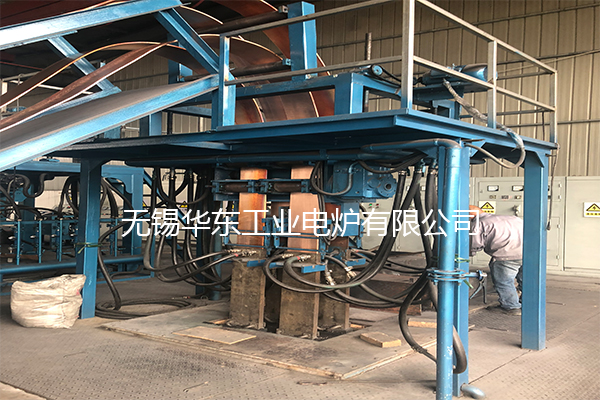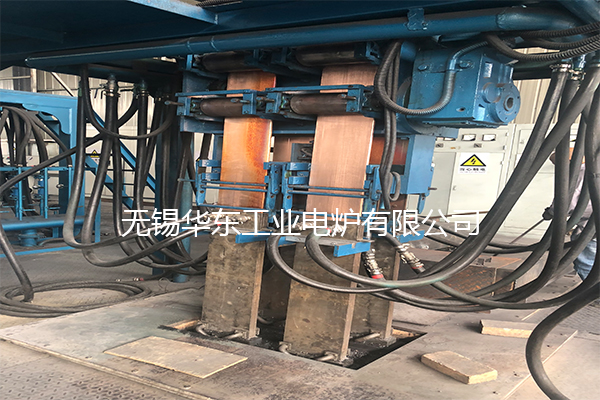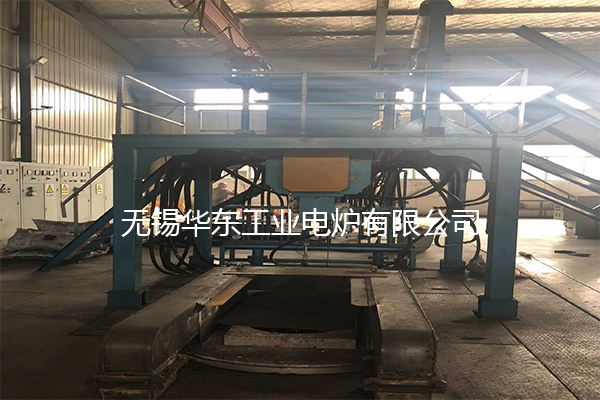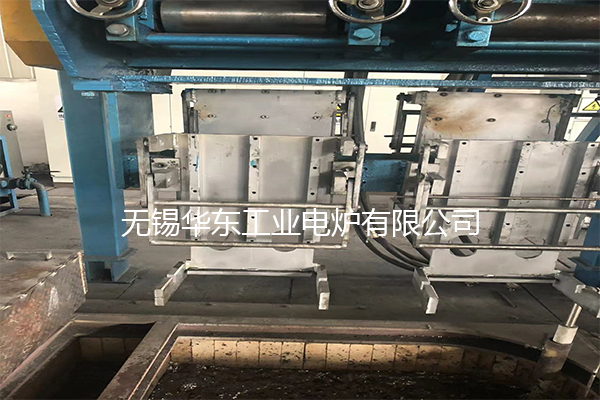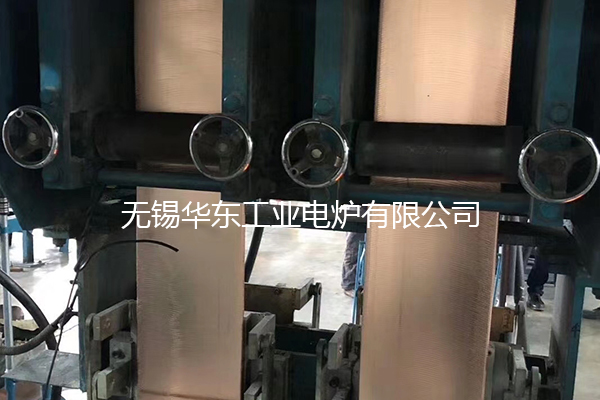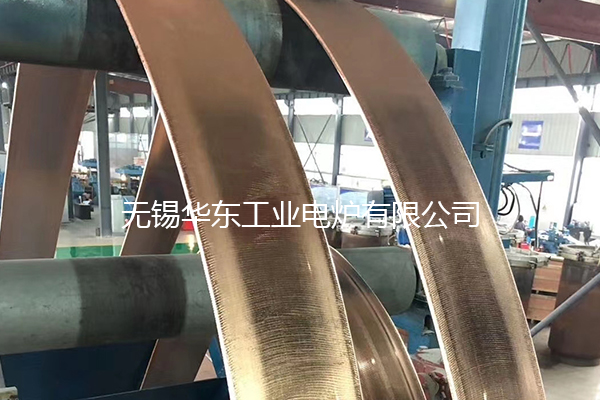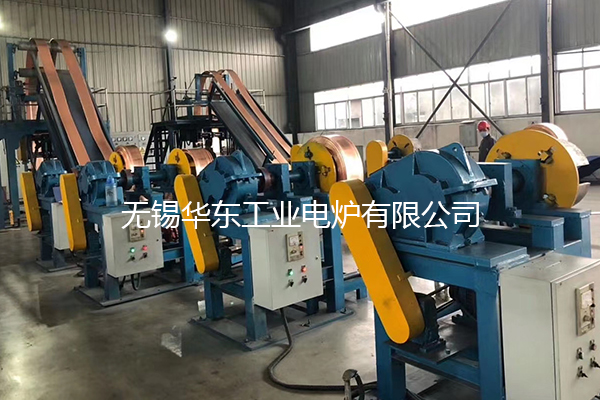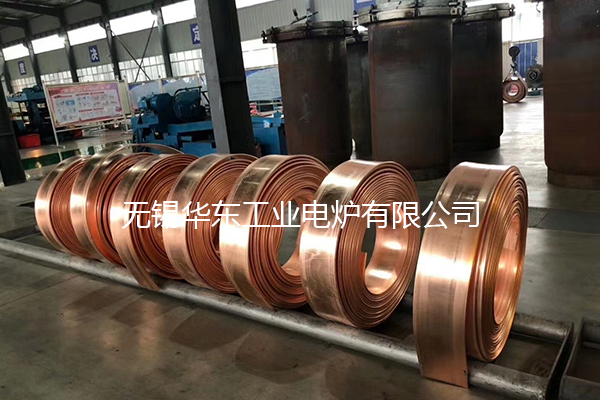Copper bar is a main variety of copper processing materials. Copper bars have high mechanical properties, good electrical conductivity, thermal conductivity, excellent corrosion resistance, electroplating, brazing, beautiful metallic luster, and good formability. Therefore, various power transmission and transformation equipment, electrical equipment, etc. made of copper bars have been widely used in the field of electric power. In recent years, with the sustained and rapid development of the national economy, China's copper bar production and consumption have also significantly increased, while the quality requirements for copper bars are also continuously improving.
Compared with the production method of upwardly leading flat bars, the traditional production method has the following disadvantages:
1. The surface of the product is prone to burrs, warps, and pits, which can easily cause insulation breakdown of the transformer winding.
2.The electrical resistivity and mechanical properties of the product are uneven, making it difficult to meet the impedance matching requirements of transformers, motors, etc.
3.It is very difficult to produce copper bus bars with a width to thickness ratio greater than 10 and a large cross-sectional area.
4.If the surface treatment of the bare wire produced is not appropriate, the lubricant residue on the surface of the flat wire affects the adhesion quality of the paint film.
5. Different specifications of billets are provided according to different product requirements, and the preparation of raw materials is complex.
6. There must be an annealing process, which requires large power consumption, long production cycles, and large equipment footprint.
"There are many production processes, long cycles, high labor intensity, and outdated equipment, making it difficult to achieve civilized production.".
During the flat wire drawing process, the lubricant volatilizes due to heat and produces a stimulating odor, which affects the health of operators. Moreover, the lubricant needs to be treated before being discharged, otherwise causing environmental pollution.

